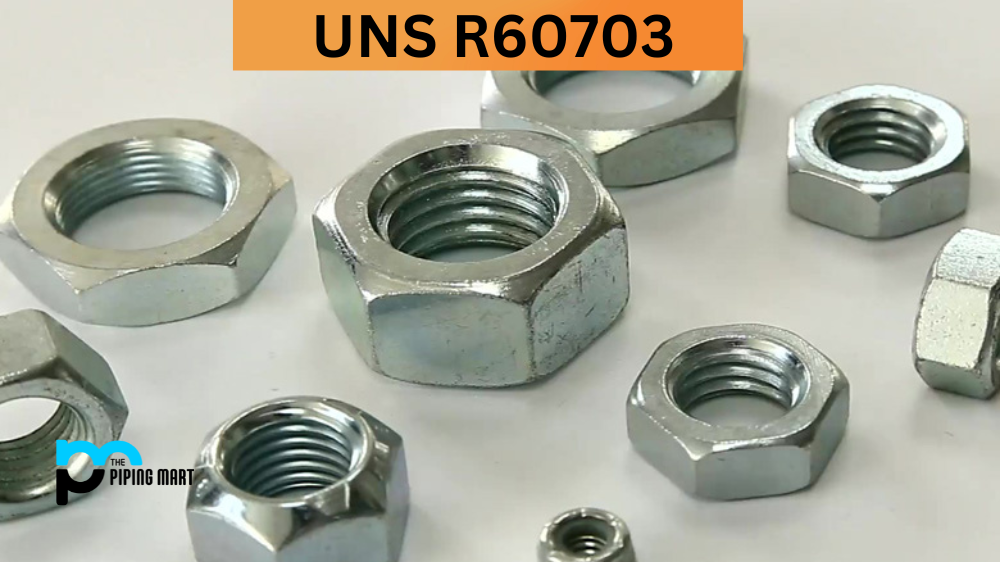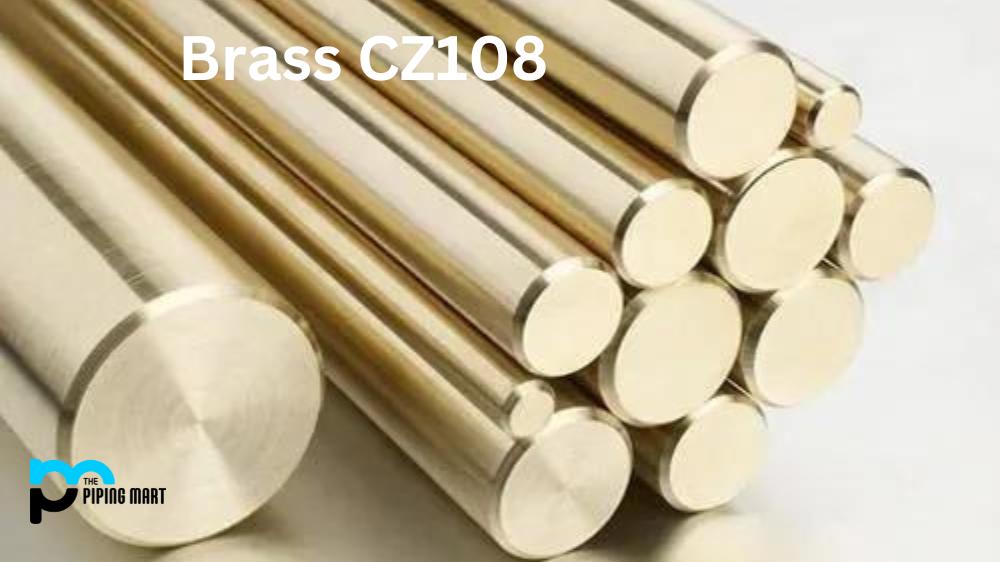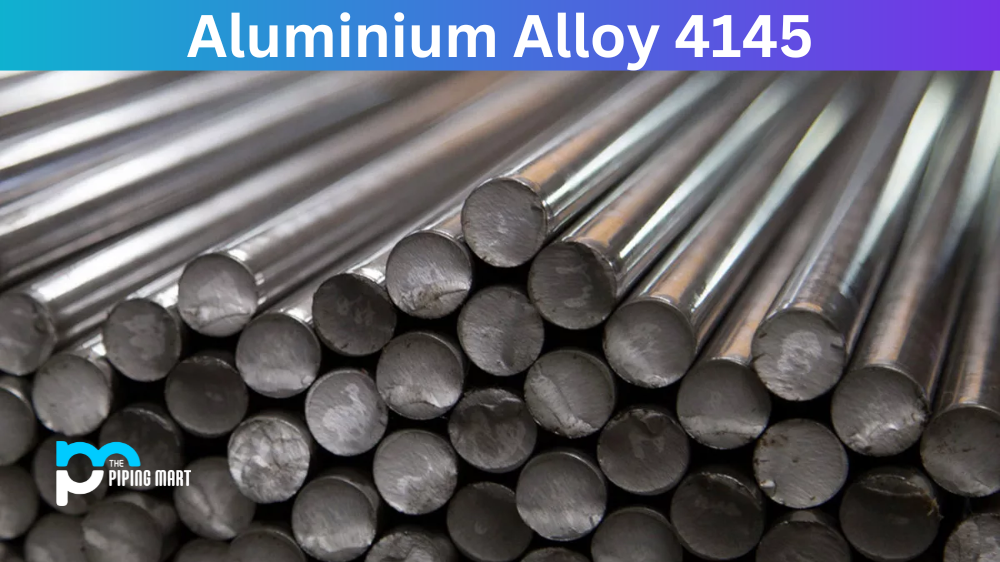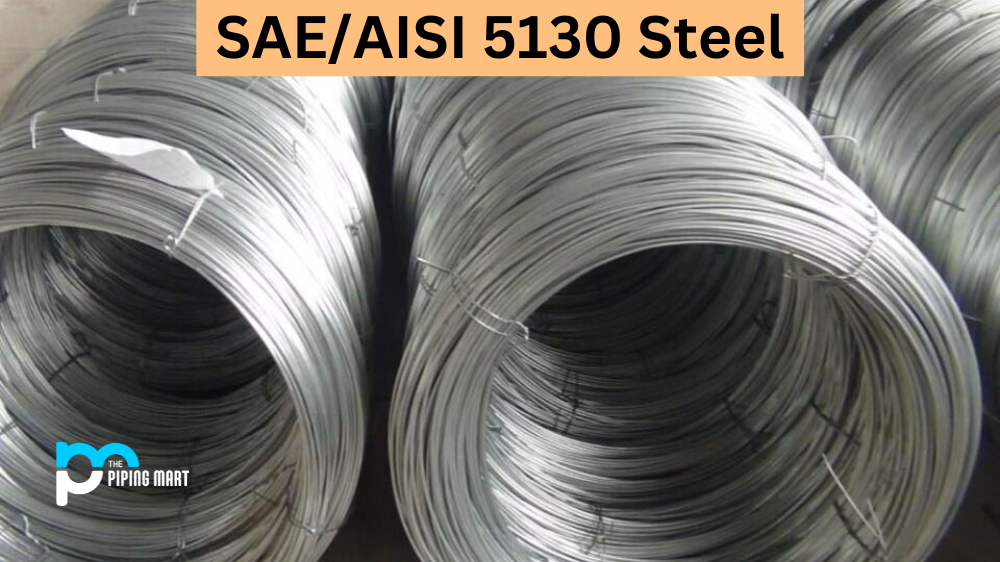If you’re in the metallurgical or mining industry, you know the term UNS R60703. However, only some understand its meaning, properties, and uses. In this blog post, we’ll dive deep into everything you need to know about UNS R60703, including its composition, physical and mechanical properties, uses, hardness, heat treatment, welding, and corrosion resistance.
R60703 Composition
UNS R60703 is an alpha-beta titanium alloy consisting of 0.15% palladium, 0.2% ruthenium, and 0.07% carbon. The remaining composition comprises titanium, up to 0.25% iron and 0.13% oxygen. The addition of palladium improves the metal’s resistance to corrosion, whereas ruthenium improves its strength and toughness. The low carbon content ensures excellent weldability and helps prevent metal embrittlement.
R60703 Physical Properties
UNS R60703 has a 4.48 g/cm3 density, making it one of the lightest metals available. It has a melting point of 1660°C and a boiling point of 3287°C. The metal has a hexagonal close-packed crystal structure and is paramagnetic. It is also highly ductile and malleable, which allows it to be formed into complex shapes.
R60703 Mechanical Properties
UNS R60703 has unique mechanical properties that make it suitable for various industries. It has a high tensile strength of up to 550 MPa, yield strength of up to 485 MPa, and a modulus of elasticity of 110 GPa. It is also highly dense, with a hardness of between 160-200 on the Vickers hardness scale.
R60703 Uses
UNS R60703 is used in various applications, including chemical processing plants, marine environments, aerospace, and medical implants. Its high corrosion resistance makes it an ideal material for seawater applications, such as offshore oil rigs and desalination plants. It is also used in surgical, prosthetics, and dental implants due to its biocompatibility.
R60703 Hardness
UNS R60703 is a tough metal with high hardness. It has a Vickers hardness between 160-200, a Brinell hardness between 143-213, and a Rockwell B hardness between 75-89. These properties make it an ideal material for use in applications where hardness is crucial, such as aviation and defence industries.
R60703 Heat treatment
UNS R60703 can be heat-treated to improve its mechanical properties. Annealing at 450-500°C for two hours can improve its flexibility and toughness, whereas heat treatment at 600-700°C can improve its strength and hardness.
R60703 Welding
UNS R60703 is highly weldable due to its low carbon content. It can be welded using various methods, including gas tungsten arc welding, gas metal arc welding, and electron beam welding. However, care must be taken to avoid embrittlement when choosing the welding method, welding filler metal, and welding parameters.
R60703 Corrosion Resistant
UNS R60703 is highly resistant to corrosion, especially in seawater environments. It is also resistant to attack from acids, bases, and other aggressive chemicals. This property makes it an ideal metal for chemical processing, marine environments, and other corrosive applications.
Conclusion
In conclusion, UNS R60703 is a versatile titanium alloy with impressive physical and mechanical properties. It is highly resistant to corrosion, biocompatible, lightweight, and has excellent weldability. These properties make it an ideal material for various applications, including chemical processing, marine, aerospace, and medical implants. Its strength, toughness, and hardness make it an excellent material for the defence and aviation industries. If you’re searching for a metal that can withstand harsh environments and offer exceptional performance, UNS R60703 is an excellent choice.
Meet Heer, a dynamic and driven writer learning tricks of her trade in the metal industry. With a background in Digital Marketing, Heer brings a unique perspective to her writing, sharing valuable insights. Apart from blogging she like reading and hiking.




